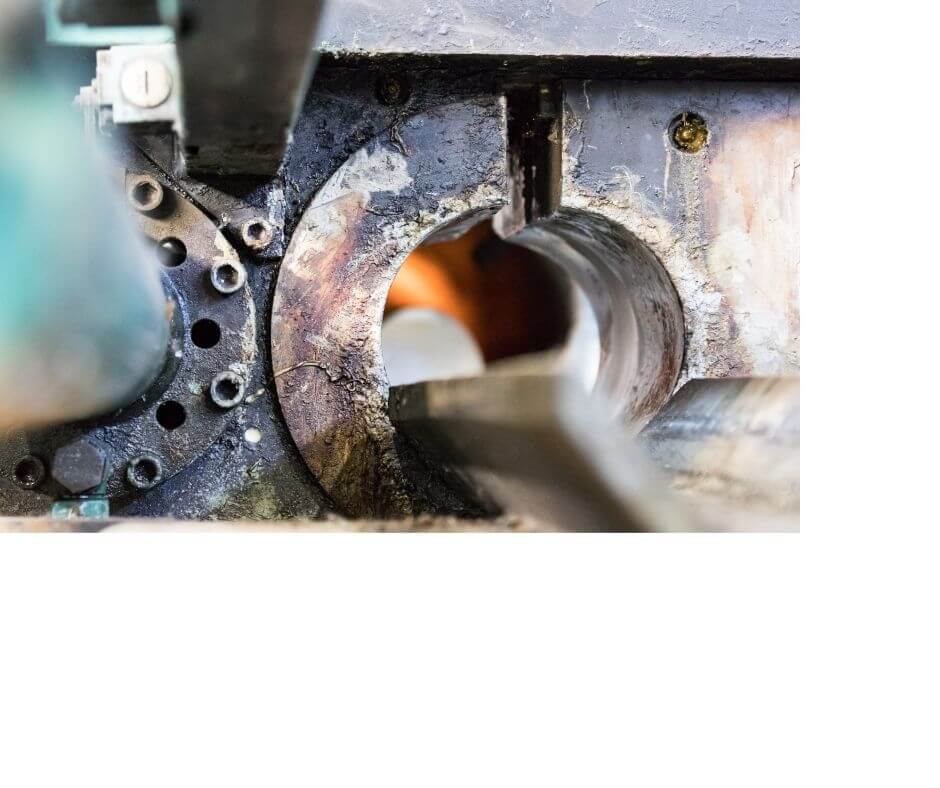As a versatile, recyclable material, aluminum is used across a wide range of industries and applications. Known for its strength and corrosion resistance, aluminum is also well-suited for extrusion manufacturing. With lightweight properties, aluminum offers you the ease of fabrication and malleability needed for industrial components.
Understanding the aluminum extrusion process can help you decide if this process is the manufacturing process needed for your parts or components.
Aluminum Extrusion Profile Selection
Before beginning the extrusion process, it is necessary to determine which type of die profile you need for your component. Common die profiles include:
- Hollow Dies
- Die profiles with one or more voids
- Semi-Hollow Dies
- Profiles with partially closed voids
- Solid Dies
- Die profiles with no openings or voids
Selecting the Right Aluminum Grade
The right aluminum grade for your extrusion project will depend on your component’s functionality as well as the profile. The 60xx series of aluminum alloys are commonly used for extrusions. Aluminum grades within this series offer the workability and strength for a range of components, in addition to offering smooth surface finishes.
Common aluminum alloy grades used for extrusions include:
- 6463
- 6063
- 6061
- 6060
- 6005A
Component intricacies including wall thinness must be considered when choosing the right aluminum grade for your extrusions.
Extrusion Methods for Aluminum
Aluminum can be extruded by utilizing a direct or indirect process.
Indirect extrusion method
- The indirect method involves the heated billet to be stationary, where the hydraulic ram is applied to the billet.
- It is also known as the backward extrusion process.
- The indirect extrusion method provides more uniform structures.
- After the extrusion is created, it is cooled and worked to the desired hardness, or “aged.”
- Extrusions are then cut and finished to specifications.
Direct extrusion method
- The direct method involves heating the aluminum billet and pushing it through the die cavity to create the selected profile.
- In this method, the die cavity remains stationary whereas in the indirect method, the billet is stationary.
- Temperatures are monitored throughout the extrusion process to maintain proper levels for the extrusion.
- After passing through the die cavity, extrusions are cooled, shaped, and cut to specifications.
Learn How Aluminum Extrusions Can Work for You
Manufacturing aluminum extrusions doesn’t have to be a complicated process. Compass & Anvil can work with your designers and engineers from start to finish, helping you to create the perfect aluminum extruded component. Our network of extrusion manufacturers can get your extruded part to market quickly.
Contact us to discuss your aluminum extrusion needs with us and start a project today.



